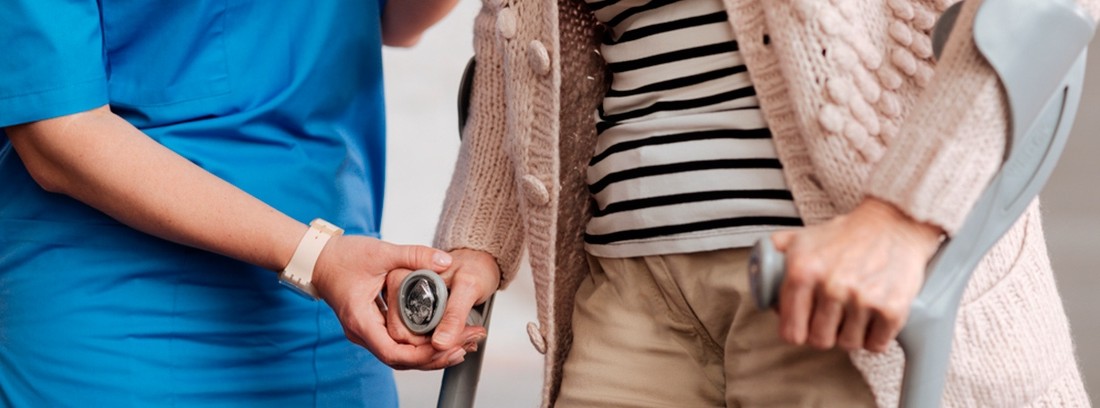Community care: ambulatory and home

Care for the elderly, outside the hospital circuit, is divided into outpatient care, in the case that the elderly can move out of their usual home, and home care, in the case that the elderly person is limited in your displacements away from your habitual residence for multiple reasons.
Outpatient care is understood to be that which is offered in locations outside the patient's home, without the patient being admitted to any residential or hospital institution. These are the outpatient consultations of the geriatric teams, in many of them with units specialized in geriatric syndromes such as falls, or of the different medical and surgical services and specialties that care for the elderly. Outpatient rehabilitation services and day hospitals, which depend on short- and medium-stay hospitals, also fall into this category.
A basic service in outpatient care are health centers or primary care; in fact, on many occasions they are popularly called “ambulatory”. In them, the basic and initial attention to the elderly is focused, in the same way as to the rest of adults and children. People over 65 years of age are the majority of the volume of health care in health centers, due to the increase in the population in this age group, both due to longer life expectancy and the improvement in the control of multiple diseases and problems. It is also important to take into account new health monitoring and study needs in this age group (vaccinations, preventive activities, etc.). On many occasions, access to hospitals or other levels is regulated by primary care.
There are other types of centers where outpatient care is offered in various ways. In the day centers, the elderly receive mental stimulation, occupational therapy and socialization for cases in which there is dependence on both basic and instrumental activities, providing a period of rest or discharge during the day, to carry out other activities, to the caregivers .
In cases where the elderly patient is so limited that their movement outside the home is very difficult, different home care services are offered.
Home care can be provided from the primary care teams of the health centers, so that the same general practitioner and the primary nurse go to the patient's home, in order to control and improve chronic pathologies and offer care to dependency.
Primary care teams can receive help from the Home Care and Support Teams Program (PADES), which is specially designed to offer care and support for cases of severe dependency or at the end of life (both oncological and due to other pathologies) . There are other similar teams that, without depending on official organizations or coordinating with primary care, offer similar care, geriatrics and palliative care at home. These teams, which work from a geriatric perspective, offer medical and nursing care, carry out an updated treatment plan after the geriatric assessment, and coordinate and integrate the rest of the specialists and caregivers.
All these home care groups are very useful in the transition from hospitalization to the home of fragile patients, in the “transitions”, since they prepare the home, give support to caregivers and the environment and offer more intense care in the first few moments after discharge. Closer surveillance in these types of patients can avoid hospitalizations and reduce, or at least manage more effectively, dependency.
In some cases, it is possible to shorten or avoid hospitalization in case of acute illness with the help of home hospitalization units, which is a healthcare modality capable of offering medical and nursing care with an intensity similar to conventional hospitalization but in the same way. patient's address. In older people, this also allows preserving the natural environment of the patient, improves nutrition and intake, reduces the presence of confusional syndrome and improves social contact and psychological support. It also helps early mobilization, with all the benefits regarding muscle mass and the prevention of immobilization syndrome and, of course, it is usually more comfortable for the family.
(Updated at Apr 13 / 2024)